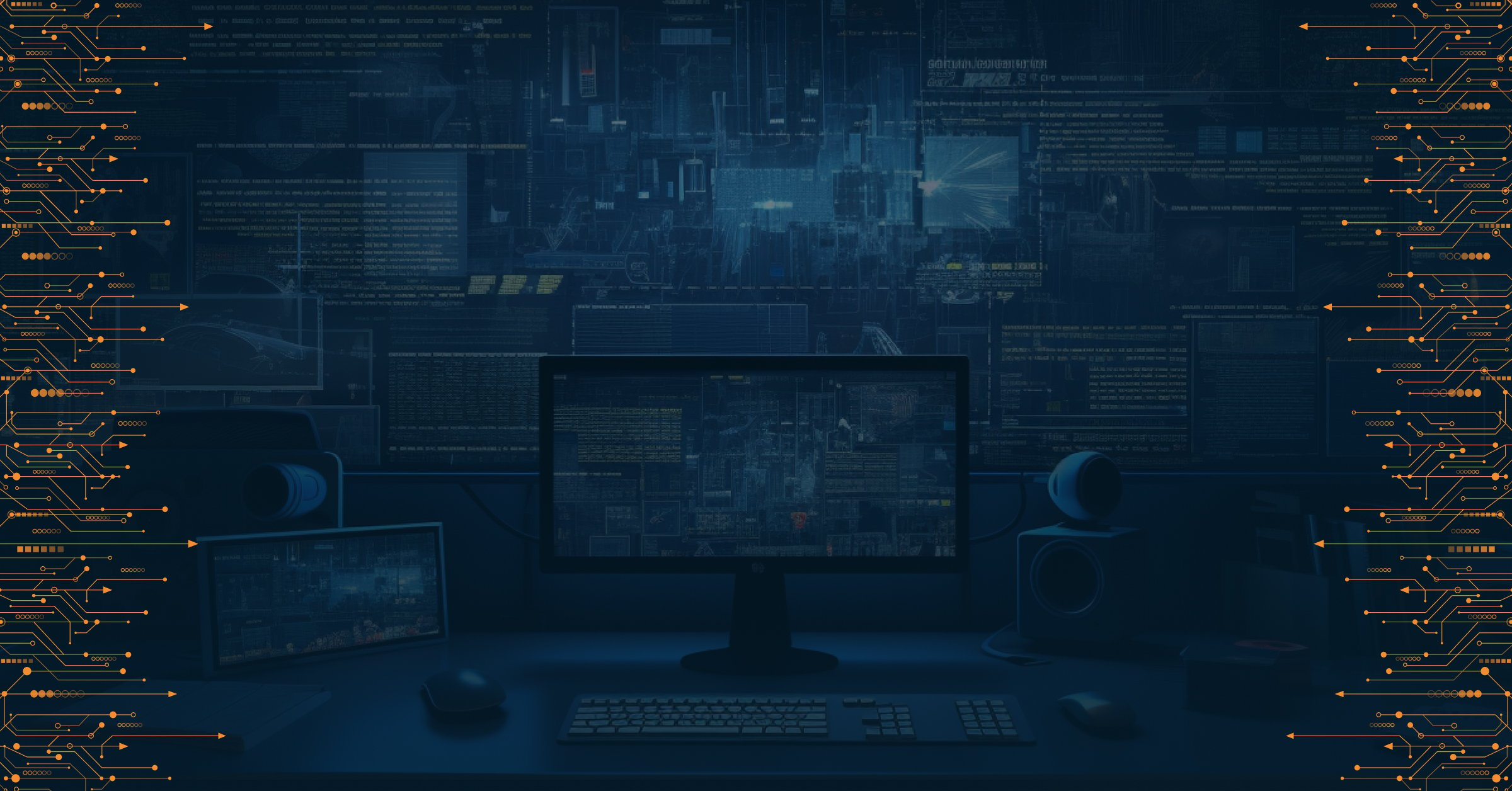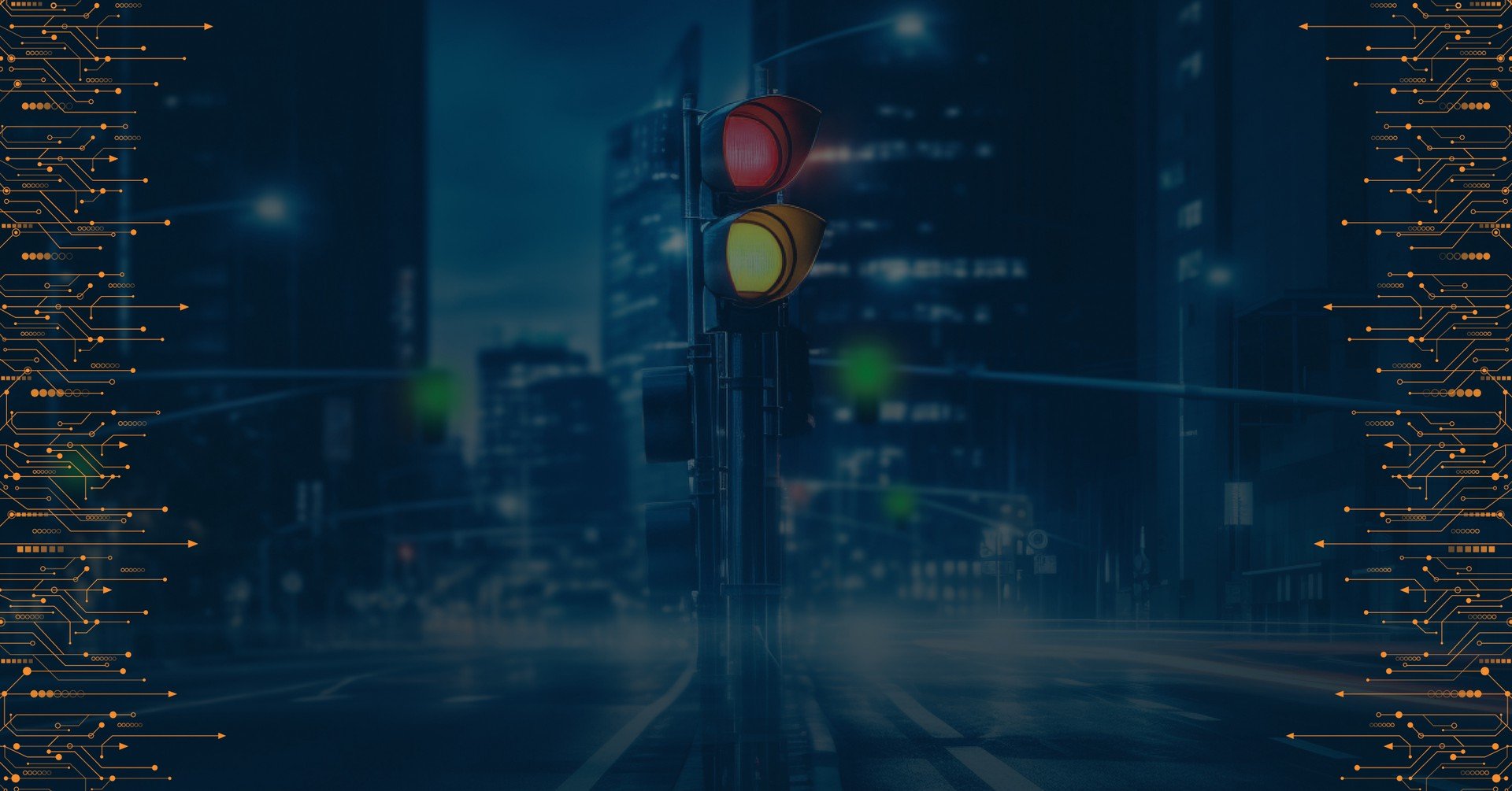With time, threat actors have gained more power to come up with many dangerous types of cyberattacks. The unwanted invasion has spared no country and their industries, with Europe included in the list of hacked regions as well. According to IT Governance, the latest report on cyberattacks in Europe is that 2,265,054,405 records experienced a breach of privacy in 457 reported public incidents. Then, the most breached sectors are public, with a count of 2,043,715,551, and 26%are related to the health domain.
The cybercrime efforts do not end here. European Council put forward their anticipation that cybercrime and cyberattacks are amplifying and are becoming a challenge for IT representatives. Will cyberattacks stop? Unfortunately, quite the contrary: they are predicted to increase in the future as 41 million devices are going to be synchronized with the Internet of Things by 2025.
Besides this, The European Union Agency for Cybersecurity (ENISA) has released a summary that has stolen the limelight. The report on Foresight Cybersecurity Threats for 2030 shares key cybersecurity threats that are expected to violate cyberspace by 20230. The area of the supply chain, disinformation, and AI will witness a massive blow. In order to combat and compel the figures to reduce, the NIS2 Directive has entered the dimension. It is recognized to be the most intensive European cybersecurity to date. Hence, the blog will discuss what the NIS2 Directive is, who it is meant for, how it will change cybersecurity, and the approach to cyber by many European countries.
What is the NIS2 Directive?
"Network and Information Security Directive" (NIS) was initially introduced in 2020. However, its practical implementation was surrounded by challenges, and inconsistent efforts were encountered across the Union. Its actual aim for boosting the cybersecurity of the EU member states was not as fruitful as expected. However, witnessing a surge in cyberattacks and watching online security getting compromised on a daily basis, the EU Commission came up with the idea of using NIS2 as a substitute.
It came into effect on January 16, 2023, so there would be no problem in saying that NIS2 is a stronger expansion of the earlier failed EU Directive. The European Commission took the initiative of creating a directive that is competent enough to amend, which the original NIS lacked.
The primary aim of the NIS2 Directive is to bolster the security of the network and information systems that exist within the European Union. It requires the operators of critical infrastructure and crucial services to ramp up their cybersecurity measures which are essential for safeguarding sensitive information and systems against cyberattacks. Besides that operators will help in reporting the barriers to the relevant authorities.
Comparing NIS and NIS2
NIS had limited coverage, whereas NIS2 has expanded coverage of sectors and organizations, meeting the necessary security requirements to elevate the shield of supply chains, break down the reporting obligations, and impose strict measures and penalties across Europe.
Who Is It Meant For?
The NIS2 Directive is designed in a way that caters to all industries that contribute to the European economy and the overall society. Since the hackers show no mercy and can enter any area, the concerned teams are wondering how they managed to do so. Therefore, to avoid this from happening at all, cybersecurity is for the following:
- Energy
- Transport
- Health
- Drinking and Waste Water
- Digital infrastructure
- Public administration
- Space
- Postal service
- Food
- Chemicals
- Production
- Research
- Digital providers
It is important for companies and suppliers to see whether their organizations fit in the category so they can access cybersecurity, retain their clients' trust, and save themselves from ending up in huge losses that take ages to recover.
How Will It Change The Cybersecurity Landscape?
As mentioned at the beginning of the article, the EU has revamped the status of NIS to NIS2 Directive. From head to toe, the cyber defense mechanism has undergone massive changes to enhance the protection of companies and suppliers, saving them from data breaches and getting a bad reputation in the market. NIS2 will reform the cybersecurity landscape in the following ways:
- Covers More Sectors
One of the best aspects of the cybersecurity update is that NIS2 covers more sectors. Earlier, it was restricted to handling infrastructure sectors like transportation and energy, but now it covers critical service providers such as the postal service, waste management, and manufacturers of infrastructure.
- Mandatory Incident Reporting
NIS2 mandates incident reporting for all entities within its scope. Companies will be required to report any significant cyber incidents to relevant authorities within a deadline. This allows for faster identification and catching of threats, sharing of information, and a one-to-one response to cyberattacks.
- Focus on Supply Chain Risks
The directive recognizes the interconnectedness of modern business ecosystems. Companies will now have to report cyber incidents impacting their supply chain, highlighting the importance of third-party risk management in overall cybersecurity posture.
- Risk Assessment and Mitigation Plans
NIS2 emphasizes the importance of proactive risk management. Companies will conduct regular risk assessments to identify and prioritize vulnerabilities in their systems. Additionally, they must develop and implement mitigation plans to address these vulnerabilities and escalate their overall cybersecurity posture.
- Minimum Security Requirements for Suppliers
The directive acknowledges the interconnectedness of businesses and the potential risks posed by vulnerabilities within a company's supply chain. NIS2 may introduce minimum security requirements for critical suppliers, ensuring a more holistic approach to cybersecurity across the business ecosystem.
- Cooperation Among Member States
NIS2 promotes a more collaborative approach to cyber defense among EU member states. The directive establishes a framework for information sharing between national authorities, fostering a coordinated response to cyber threats that might transcend national borders.
- Public-Private Partnerships
NIS2 encourages collaboration between government agencies and private companies. By sharing threat intelligence and best practices, both sectors can work together to improve overall cybersecurity preparedness.
- Increased Cybersecurity Investments
NIS2 will likely lead to increased cybersecurity spending by European companies as they strive to comply with the directive's requirements. This includes investments in technology, personnel, and processes to strengthen their cyber defenses.
Conclusion
If your company is looking for an NIS2-compliant cybersecurity system, then consider that your hesitation has ended, as we bring BLINDSPOT, a next-generation security intelligence platform, to you. The solution provides you with a complete assessment of your or any company's risk level, based on contemporary incidents and real-time events. Instead of assumptions, you will learn how to assess your current exposure to cybercrime based on facts, allowing you to mitigate any threats way in advance.

PRODAFT Team
Stay up to date
Browse Posts
Browse by topics
- Cybercrime awareness (15)
- Cybersecurity for Businesses (10)
- Risk management (7)
- Cybersecurity Tips (6)
- Digital safety (6)
- Proactive Threat Intelligence (6)
- Cyber threat protection (5)
- Cyberattacks (5)
- Risk intelligence (5)
- Threat Prevention (5)
- Data Protection (4)
- Network Security (4)
- Phishing (4)
- Supply chain risks (4)
- TTPs (4)
- Artificial intelligence (3)
- Critical network infrastructures (3)
- Malicious websites (3)
- Malware (3)
- Social engineering (3)
- Data breaches (2)
- Insider Threats (2)
- NIS2 Directive (2)
- Ransomware (2)
- CISOs (1)
- Cryptocurrencies (1)
- Cyber espionage (1)
- Cyber extortion (1)
- Cyber fraud (1)
- Cybersecurity Collaboration (1)
- DDoS Attacks (1)
- Deepfakes (1)
- DoS Attacks (1)
- Fake social media (1)
- Incident Response (1)
- Internet of things (1)
- Money Laundering (1)
- Multi-factor authentication (1)
- One-day vulnerability (1)
- Remote Work (1)
- Stealers (1)
- SystemBC (1)
- The Cyber kill chain (1)
- Threat Intelligence solutions (1)
- Tor browser (1)
- Traffic Distribution System (1)
- Zero-day vulnerability (1)
- dark web (1)
- deep web (1)
- keyloggers (1)
- social media (1)
- spoofing (1)
- threat detection (1)

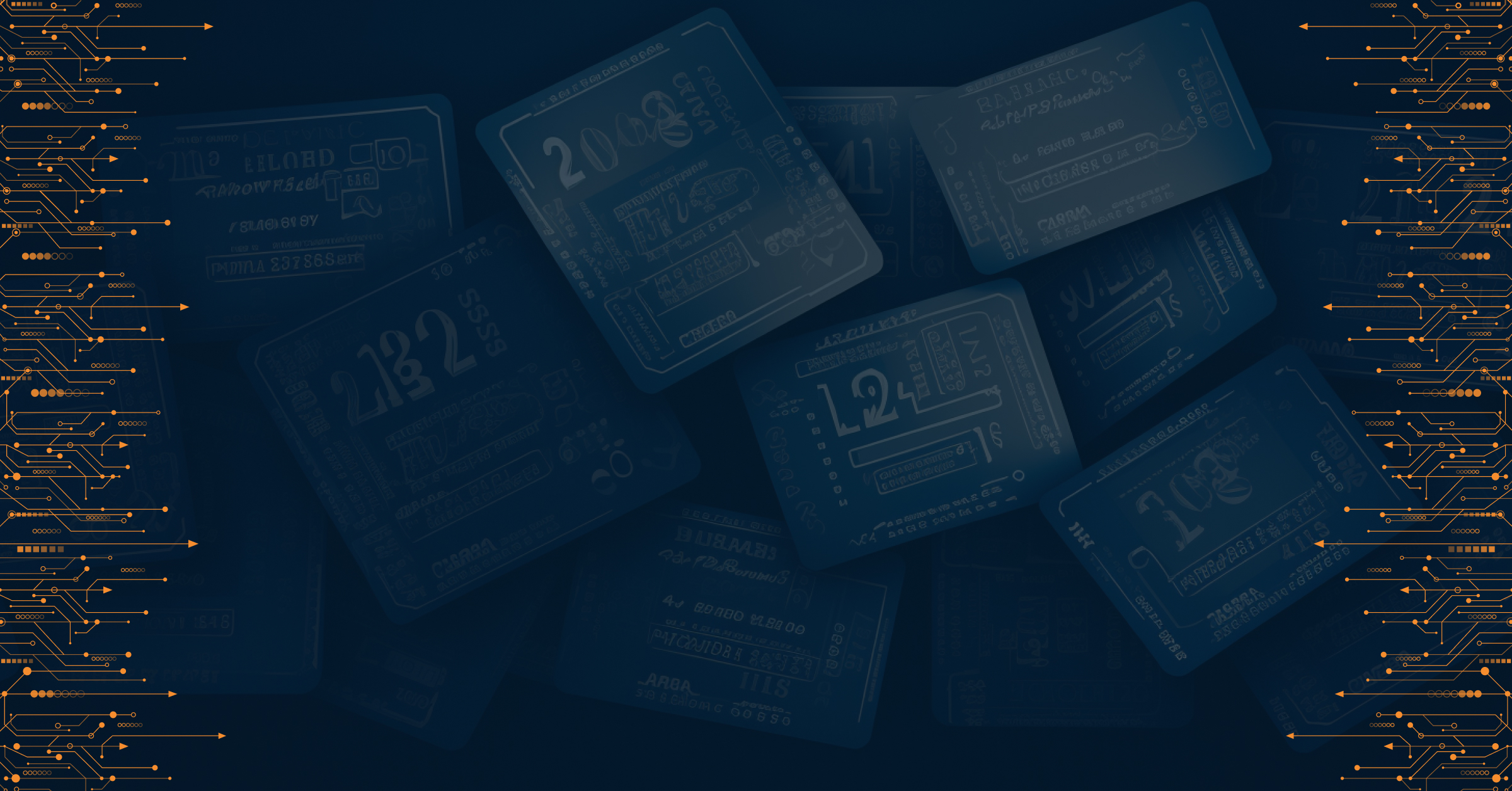
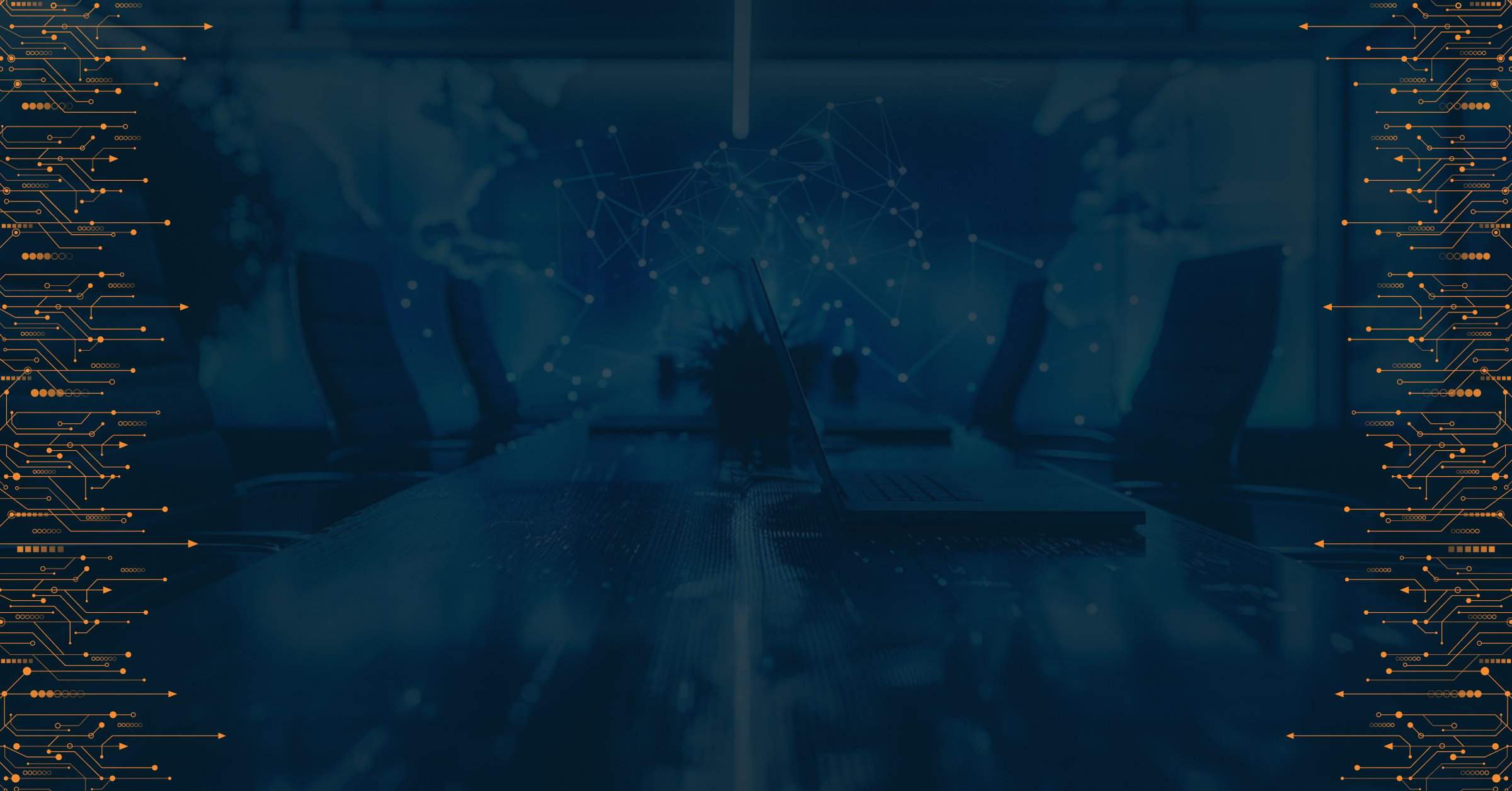
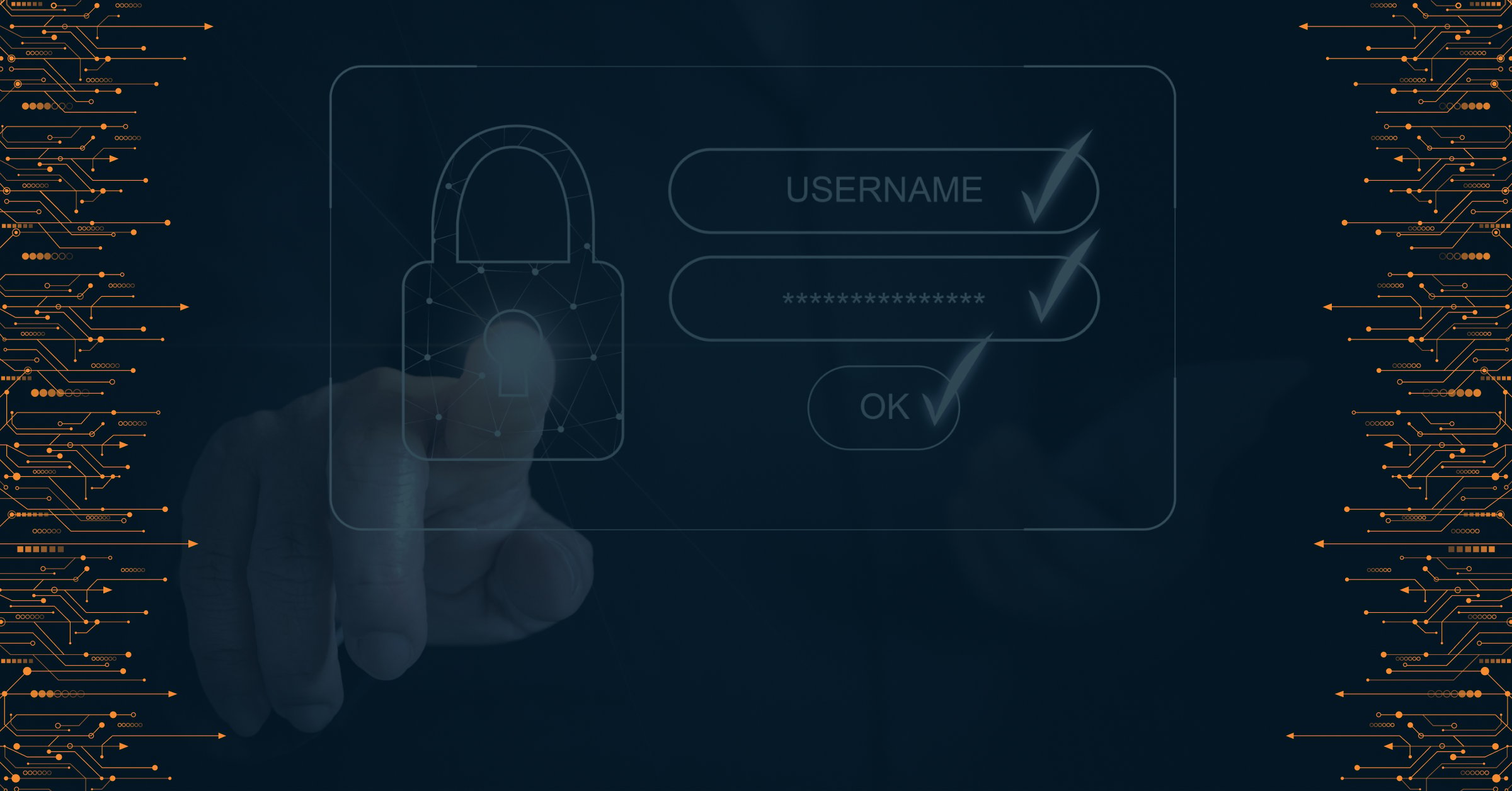
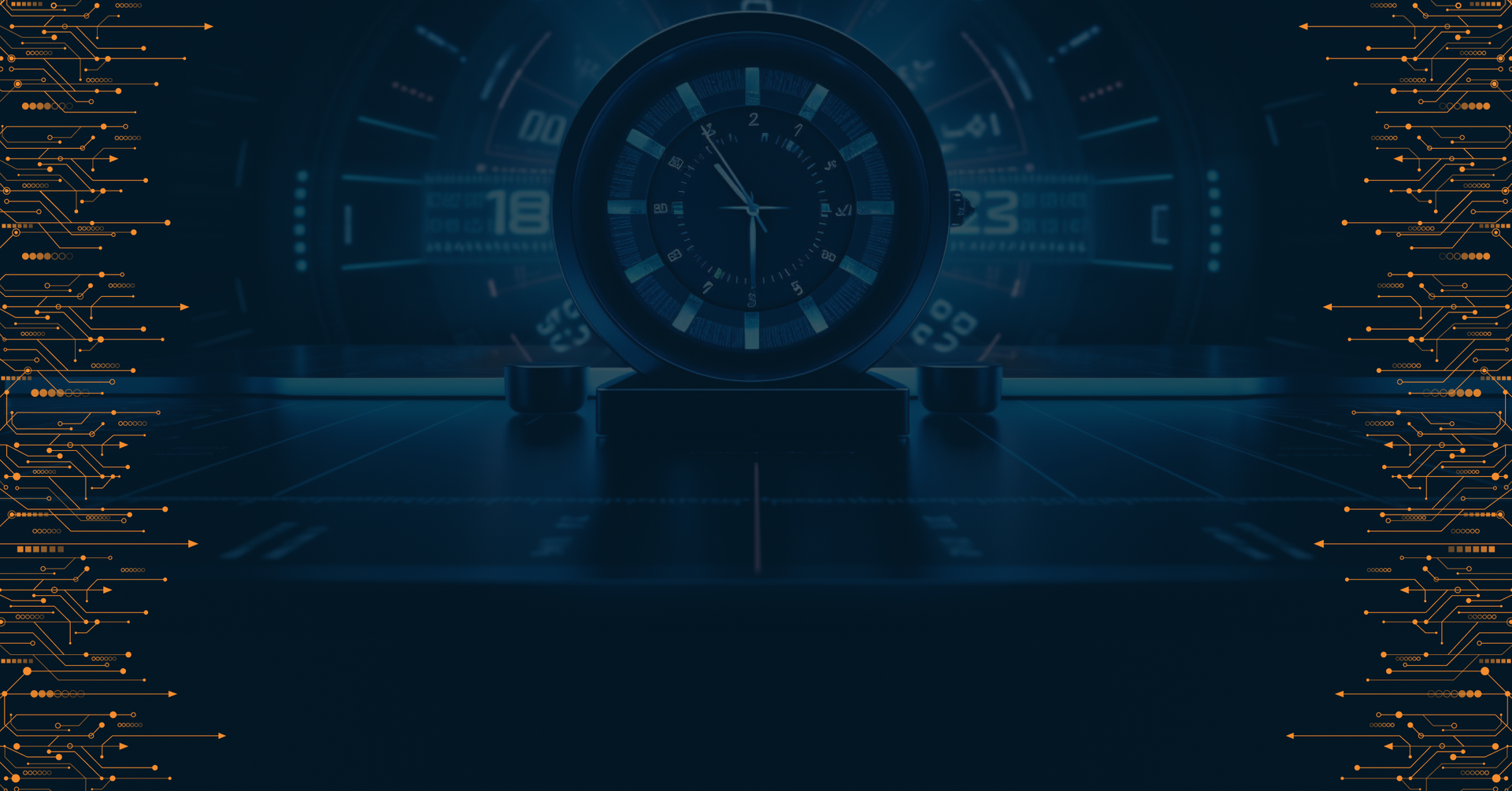

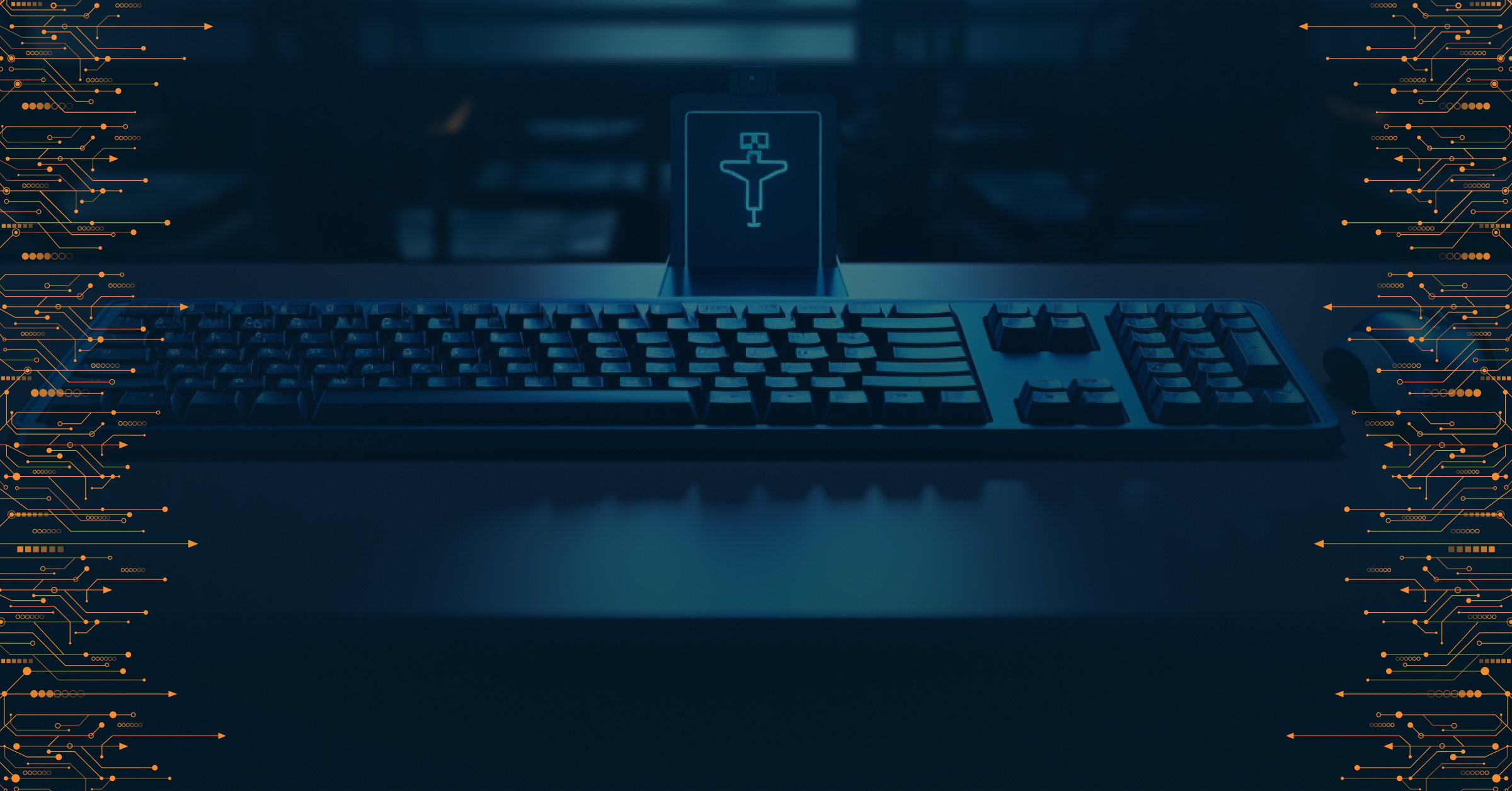
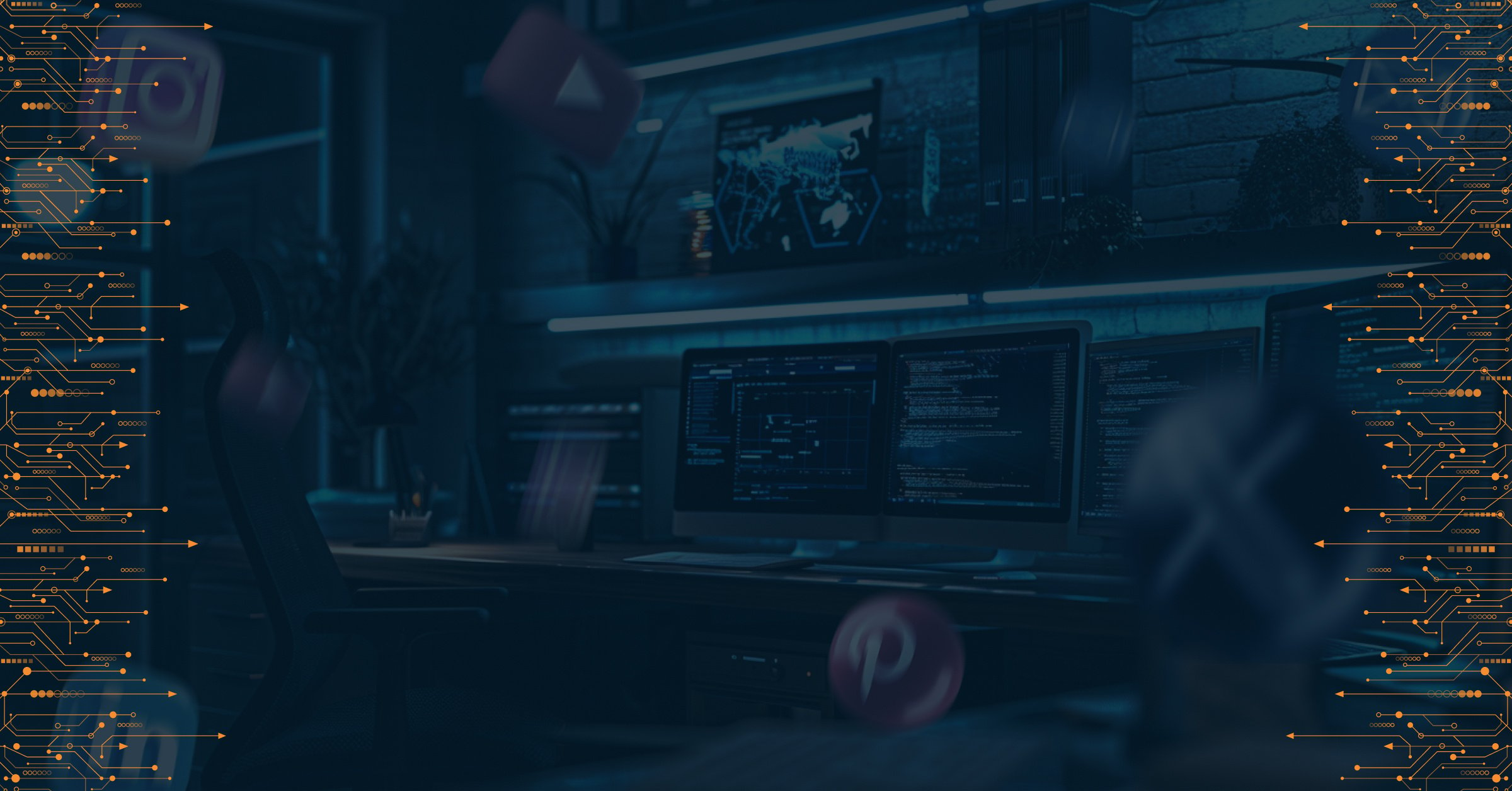

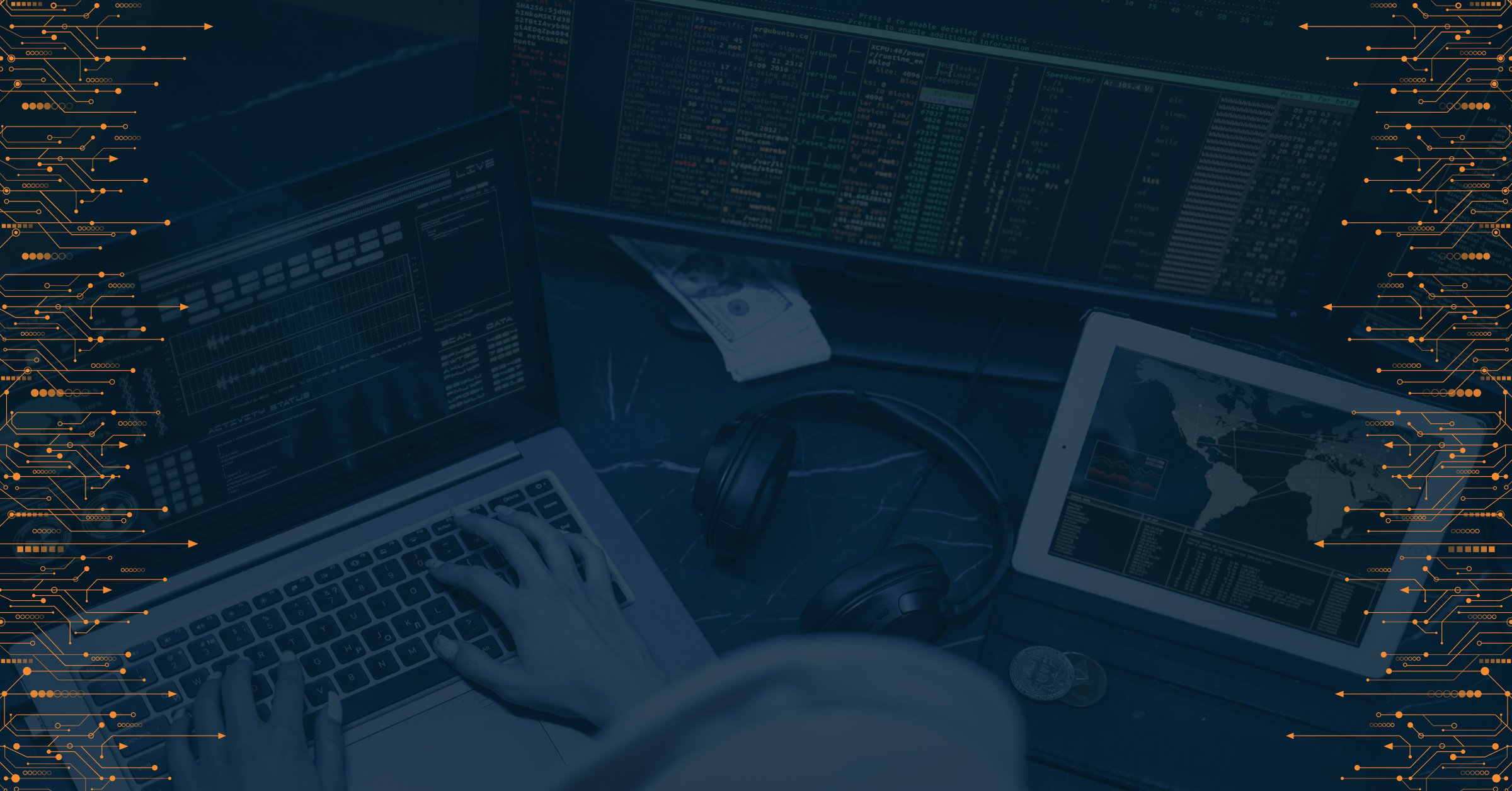
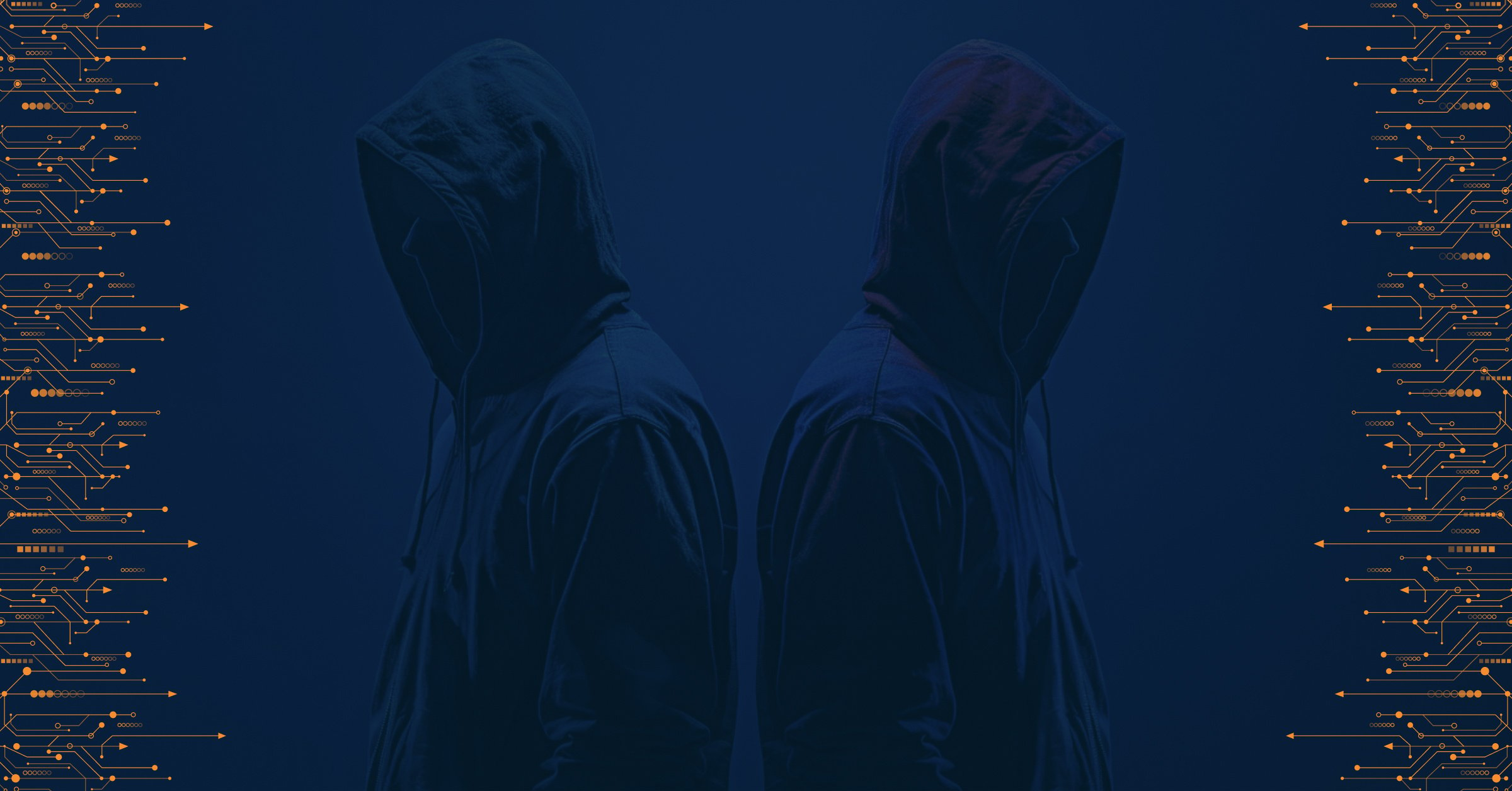

![Compliance with the NIS2 Directive: What Can EU Businesses Do? [Part 2]](https://resources.prodaft.com/hubfs/Europian%202.jpg)
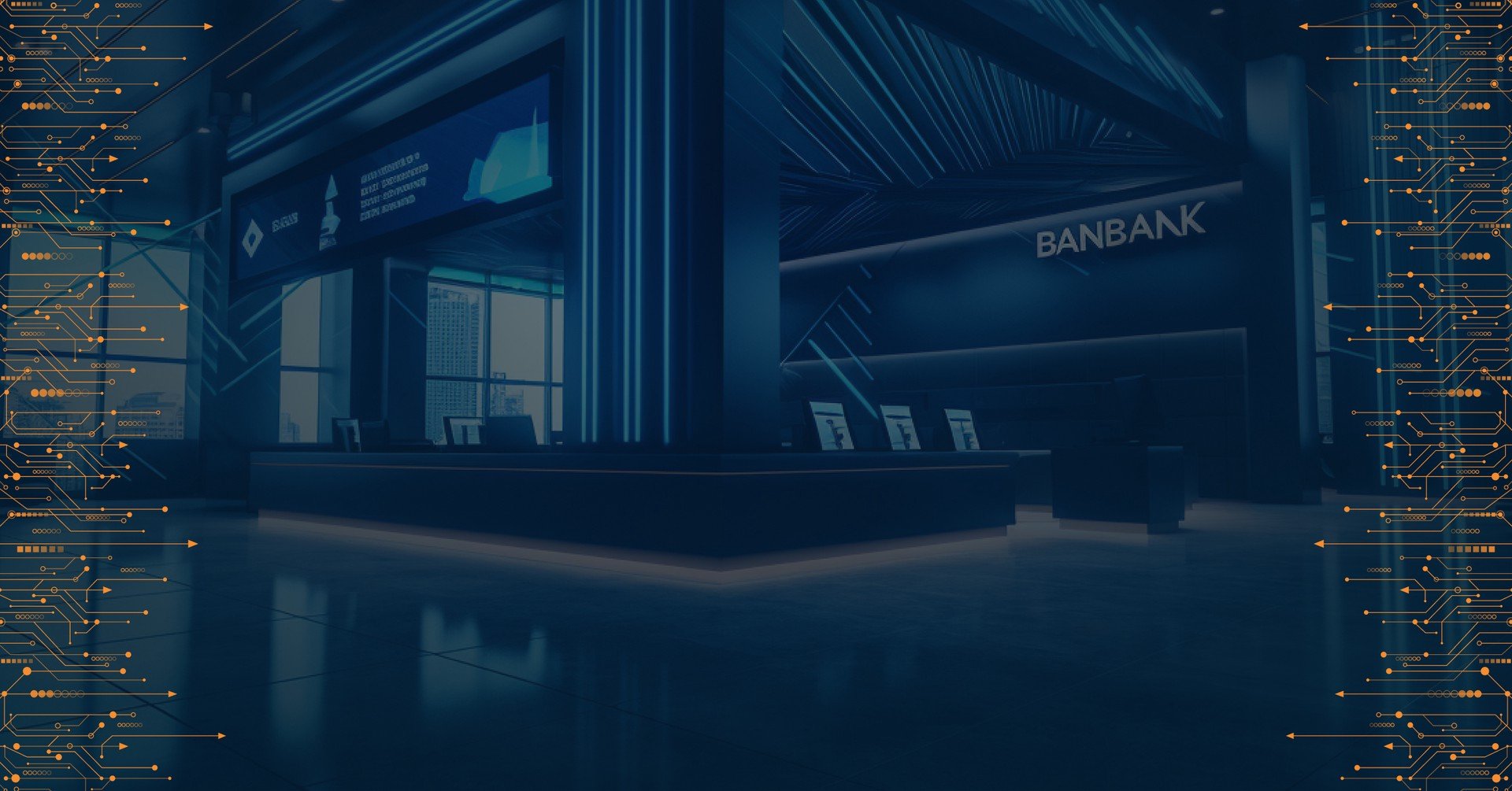


![Cybersecurity and Global Risk: Protect Your Organization from a Deteriorating Risk Landscape [Part 2]](https://resources.prodaft.com/hubfs/5A.%20Cybersecurity%20and%20Global%20Risk%20-%20Protect%20your%20organization-1.jpg)

